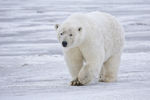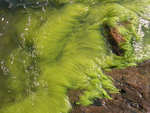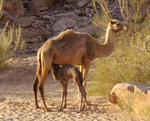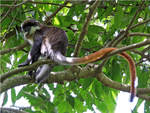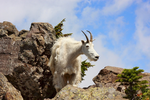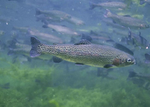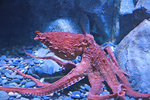Habitat
Contents
Key Stage 1
Meaning
A habitat is the place where a creature lives.
About Habitats
There are lots of different habitats. Some important ones to know are:
- Arctic
- Coast
- Desert
- Forest
- Grassland
- Mountain
- River
- Sea
Each habitat can have micro-habitats where the creature survives best. Like mushrooms that live on a tree in a forest, woodlice that live underneath a rotting log in the forest or meerkats that live underground in grassland.
Examples
| Polar bears live in an arctic habitat. | The habitat for seaweed is the coast. | Camels live in a desert habitat. | The habitat that monkeys live in is a forest. |
| One type of animal that lives in a grassland habitat is buffalo. | Mountains are an ideal habitat for mountain goats and snow leopards. | The best habitat for a trout is a lake or river. | An octopus cannot survive long outside its natural habitat; the sea. |
Key Stage 2
Meaning
A habitat is the type of place where creatures live.
About Habitats
- A habitat might not have the same conditions all the time.
- Habitats can change throughout the year.
- Desert habitats can have a wet season when it rains.
- Arctic habitats can get warmer in summer and all the ice and snow can melt.
- Grassland habitats can have a wet season where the flood and a dry season where the animals don't have enough water.
- Most habitats change temperature and rainfall in different seasons.
- When a habitat changes the creatures that live in that habitat must be able to cope with the change.
- If the change is too big or happens to quickly some types of creature in that habitat may die.
Key Stage 3
Meaning
A habitat is the place where an organism is best suited to live.
Key Stage 4
Meaning
A habitat is the physical environment of an ecosystem where a community of organisms live.
About Habitats
- Organisms within a habitat are adapted to suit that habitat.
- The organisms that are best suited for a habitat are more likely to survive and reproduce. This is called survival of the fittest.
- Habitats can be changed by human activity. Global warming is changing the habitats of different organisms faster than they can evolve adaptations to suit the new environment.
References
AQA
- Habitat, pages 64-5, 324-5, 362-3, GCSE Biology; Student Book, Collins, AQA
- Habitats, page 106, GCSE Biology; The Revision Guide, CGP, AQA
- Habitats, page 255, GCSE Combined Science Trilogy; Biology, CGP, AQA
- Habitats, page 315, GCSE Biology, CGP, AQA
- Habitats, page 83, GCSE Combined Science; The Revision Guide, CGP, AQA
Edexcel
- Habitats, page 124, GCSE Combined Science, Pearson Edexcel
- Habitats, page 176, GCSE Biology, Pearson, Edexcel
